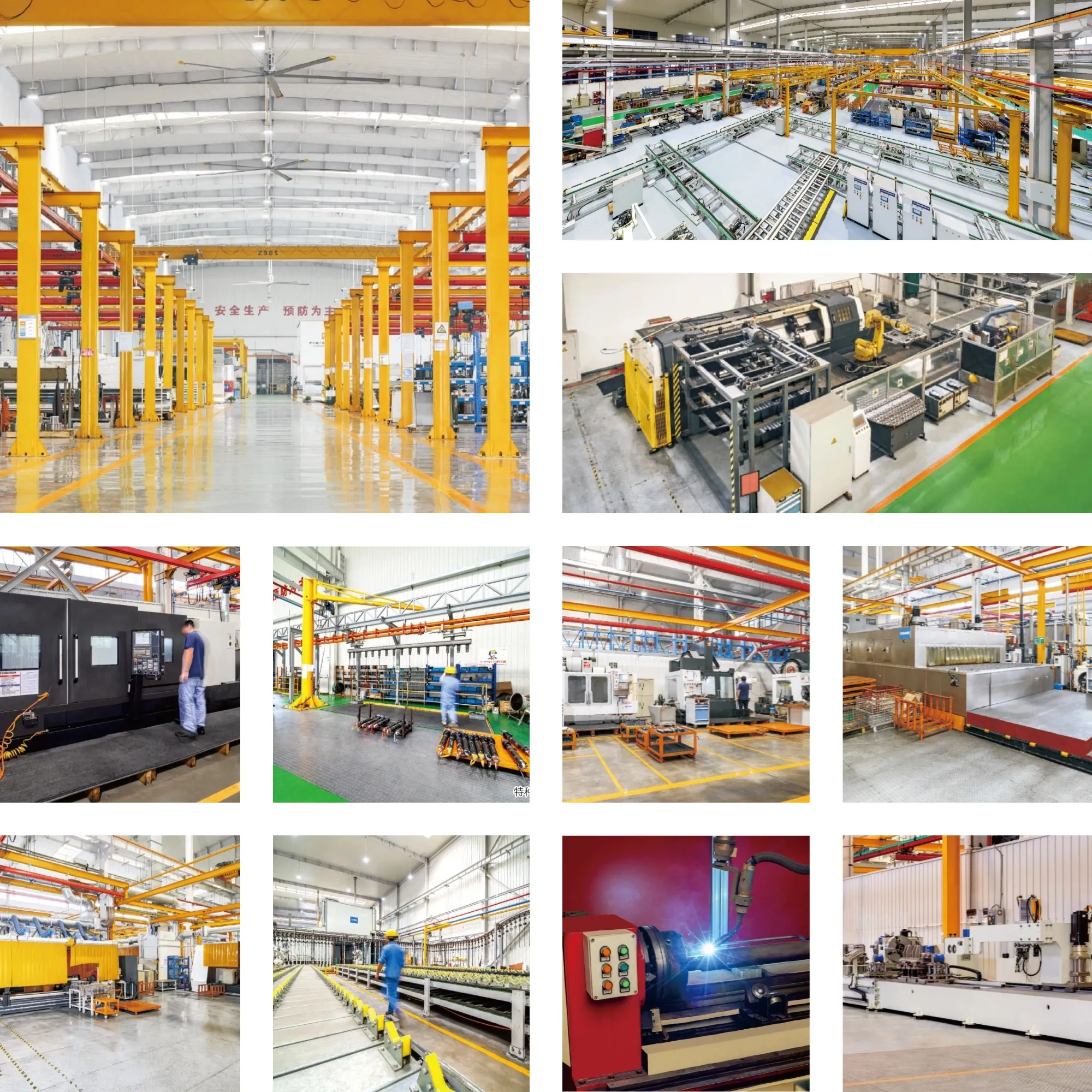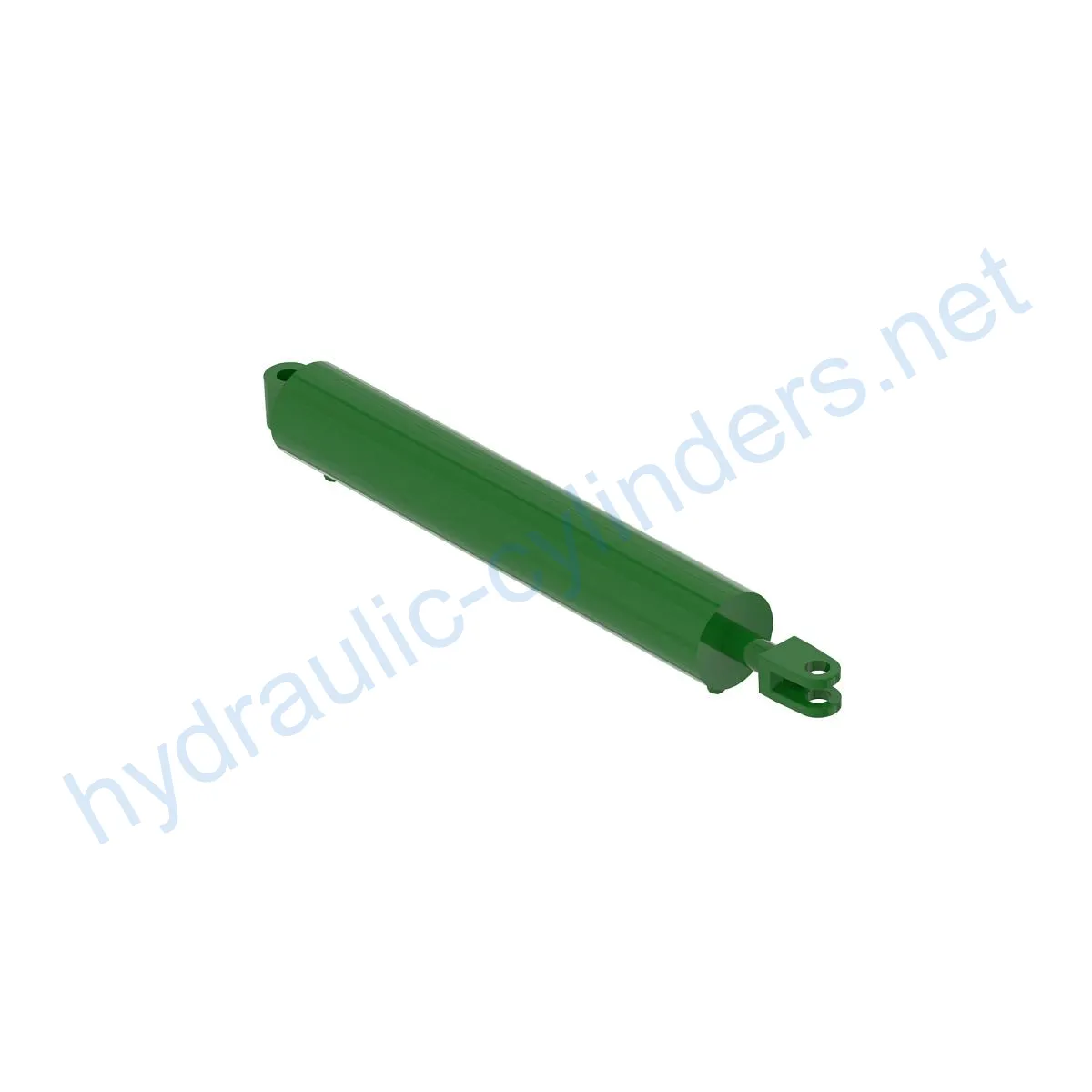Replacement Of AHC16226 Hydraulic Cylinder
Som en av produsentene, leverandørene og eksportørene av mekaniske produkter tilbyr vi hydrauliske sylindere og mange andre produkter.
Ta kontakt med oss for mer informasjon.
Post:sales@hydraulic-cylinders.net
Produsent, leverandør og eksportør av hydrauliske sylindere.
Replacement Of AHC16226 Hydraulic Cylinder
The Replacement Of AHC16226 Hydraulic Cylinder is an essential component in hydraulic systems, used to convert fluid power into linear mechanical force and motion. This hydraulic cylinder is designed to replace the AHC16226 model and is compatible with 2230FH and 2230LL machines. It has a weight of 176.37 lb, a height of 6.6 in, and a length of 50.5 in.
Specifications and Models
The hydraulic cylinder is designed to match the specifications of the AHC16226 model and is compatible with 2230FH and 2230LL machines. The cylinder has a weight of 176.37 lb, a height of 6.6 in, and a length of 50.5 in.
Features
- Improved equipment efficiency: Replacing damaged or worn hydraulic cylinders can restore the equipment’s normal operating capabilities, ensuring its performance in various applications.
- Enhanced safety: Regularly replacing hydraulic cylinders can reduce safety hazards caused by cylinder failures, ensuring the safety of operators and equipment.
- Overload protection: New cylinder designs typically take into account better overload protection mechanisms, improving safety.
- Quick installation: Modern hydraulic cylinder designs typically consider ease of installation and replacement, reducing downtime.
- Standardized parts: Many hydraulic cylinders are standardized products, making it easier to obtain replacement parts on the market.
We produce hydraulic cylinders that are perfect replacements for the AHC16226 model. Our products are designed and manufactured to the highest standards, ensuring optimal performance and longevity.
Applications
Hydraulic cylinders are used in various applications, including:
- Excavators: Hydraulic cylinders on excavator arms or buckets may become damaged due to extended use or overloading and need to be replaced to restore normal operation.
- Cranes: The crane’s boom hydraulic cylinder is exposed to frequent lifting and lowering processes, which may cause wear and tear and require regular replacement to ensure safety.
- Tractors: The hydraulic cylinder on the front-end loader of a tractor may leak or experience a drop in performance due to continuous lifting and tilting operations, requiring replacement.
- Harvesters: The hydraulic system in harvesters is subjected to high pressure, and cylinders may become damaged due to fatigue, requiring timely replacement to maintain work efficiency.
- Automated production lines: Hydraulic cylinders are used to control robotic arms and other automation equipment where cylinder failure can affect production efficiency and require immediate replacement.
- Die-casting machines: Hydraulic cylinders are used in die-casting machines, and regular replacement can ensure product quality in high-pressure and high-temperature environments.
- Mining equipment: Hydraulic cylinders are used to lift and move heavy loads in mining equipment and require regular inspection and replacement due to harsh working conditions.
- Bulldozers: Wear on hydraulic cylinders on the bulldozer’s pushing arm can cause a decrease in pushing capacity and require timely replacement to maintain work efficiency.
Maintenance
Proper maintenance of hydraulic cylinders is essential to ensure optimal performance and longevity. Below are common maintenance tasks:
Regular Inspection
Regular inspections are necessary to identify any signs of wear and tear or potential problems. Inspect the hydraulic cylinder for leaks or visible damage.
Proper Lubrication
Lubrication of the hydraulic cylinder is necessary to reduce friction and wear. Use the appropriate hydraulic oil for lubrication, as recommended by the manufacturer.
Seal Replacement
Seals play a vital role in the proper operation of hydraulic cylinders. Replace worn or damaged seals to prevent leaks.
Safety and Environmental Considerations
When using hydraulic cylinders, it is essential to follow safety procedures to avoid accidents that may cause injuries or fatalities. It is also necessary to dispose of used hydraulic oil in an appropriate and environmentally friendly manner.
Fault Diagnosis and Troubleshooting
Despite proper maintenance, hydraulic cylinders may still experience problems. Below are some common issues and troubleshooting tips:
Leaking Cylinders
A leaking cylinder is a common problem in hydraulic systems. Check the seals and replace them if necessary.
Noisy Cylinders
Noisy cylinders may be caused by air in the hydraulic system. This can be fixed by bleeding the system of air.
Slow or Inconsistent Cylinder Movement
Slow or inconsistent cylinder movement may be caused by low hydraulic fluid levels or a damaged cylinder. Check fluid levels and inspect the cylinder for damage.
Design Considerations and Selection Criteria
When selecting hydraulic cylinders, several factors need to be considered, including load capacity, sealing, durability, safety, and maintainability. Below are some design considerations:
Load Capacity
The hydraulic cylinder’s load capacity must be sufficient to handle the load it will be subjected to without failure.
Sealing
The sealing system must be effective in preventing fluid leakage and contamination.
Durability
The hydraulic cylinder must be durable enough to withstand the environment and operating conditions it will be subjected to.
Safety
The hydraulic cylinder must be designed and manufactured to meet relevant safety standards, ensuring the operator’s safety and equipment.
Maintainability
The hydraulic cylinder must be designed for easy maintenance, including repair and replacement of worn or damaged parts.
Installation Guide
When installing hydraulic cylinders, it is essential to follow the manufacturer’s instructions carefully. Below are general guidelines:
Proper Alignment
Ensure the hydraulic cylinder is correctly aligned with the other components in the system.
Use of Mounting Brackets
Mounting brackets should be used to secure the hydraulic cylinder to prevent it from shifting or moving.
Inspection, Repair, and Replacement Procedures
Follow recommended inspection, repair, and replacement procedures to ensure optimal performance and longevity of the hydraulic cylinder.
About Us
We are a leading manufacturer and wholesaler of hydraulic cylinders, providing a comprehensive range of products for domestic and international markets. Our company is dedicated to producing high-quality hydraulic cylinders that meet the needs of our customers. We offer a wide range of products to meet different requirements, and our services include custom design and manufacturing, international certification, and after-sales support.

Author: lyl
Take a Tour of Our VR Factory:
Take a tour of our VR factory with the following
Hydraulic Cylinder Application:


